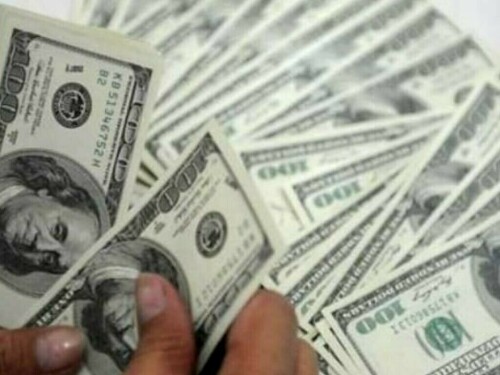Dollar Declines Amidst Economic Concerns
NEW YORK: The dollar experienced a significant decline on Monday, reaching its lowest valuation in three years. This downturn was fueled by diminishing investor confidence in the American economy, exacerbated by President Donald Trump’s criticism of the Federal Reserve chairman, which has raised questions regarding the central bank’s autonomy.
President Trump intensified his censure of Fed Chair Jerome Powell via social media platforms, labeling him a “major loser” and urging immediate reductions in interest rates.
The dollar index, which measures the currency against a basket of others, plummeted to 97.923, marking its lowest point since March 2022. Furthermore, the dollar weakened against the Swiss franc, hitting a decade-low, while the euro surpassed the $1.15 threshold.
White House economic advisor Kevin Hassett mentioned on Friday that the President and his advisors were exploring options for potentially dismissing Powell, a day after Trump expressed impatience for Powell’s termination and advocated for interest rate cuts by the Fed.
Trading activity was subdued due to the Easter Monday holiday closures in numerous European markets, as well as in Australia and Hong Kong. Global markets were largely inactive on Friday due to the holiday.
Vishnu Varathan, head of macro research for Asia ex-Japan at Mizuho, commented that while Powell isn’t directly subordinate to Trump and can only be removed through specific, stringent procedures, the President could still attempt to undermine the Fed’s perceived independence.
Against the Swiss franc, the dollar decreased by over 1.5%, reaching a 10-year low of 0.8063, while the euro peaked at $1.1535, its highest value since November 2021.
The dollar also touched a seven-month low against the yen. Data indicated that net-long positions on the Japanese yen reached a record high for the week ending April 15.
Karl Schamotta, chief market strategist at Corpay in Toronto, cautioned that if the central bank’s mandate is altered by the White House, policymakers may struggle to effectively address sudden price increases.
The British pound ascended to its highest level since September at $1.34, while the Australian dollar reached a four-month peak of $0.6430. The New Zealand dollar surpassed the $0.6000 mark for the first time in over five months.
Varathan noted that various factors, including uncertainty surrounding tariffs and waning confidence, are contributing to a bearish outlook for the dollar.
Trump’s tariffs and trade policy uncertainty have destabilized global markets, casting a shadow on the U.S. economic outlook and weakening the dollar as investors withdraw capital from American assets.
In other developments, the onshore yuan increased to a two-week high before retracing some gains. Similarly, its offshore counterpart reached a one-week high of 7.2911 per dollar.
China maintained its benchmark lending rates steady for the sixth consecutive month, aligning with forecasts. However, markets anticipate additional stimulus measures due to the escalating trade conflict between China and the United States.



Comments (0)
No comments yet. Be the first to comment!
Leave a Comment